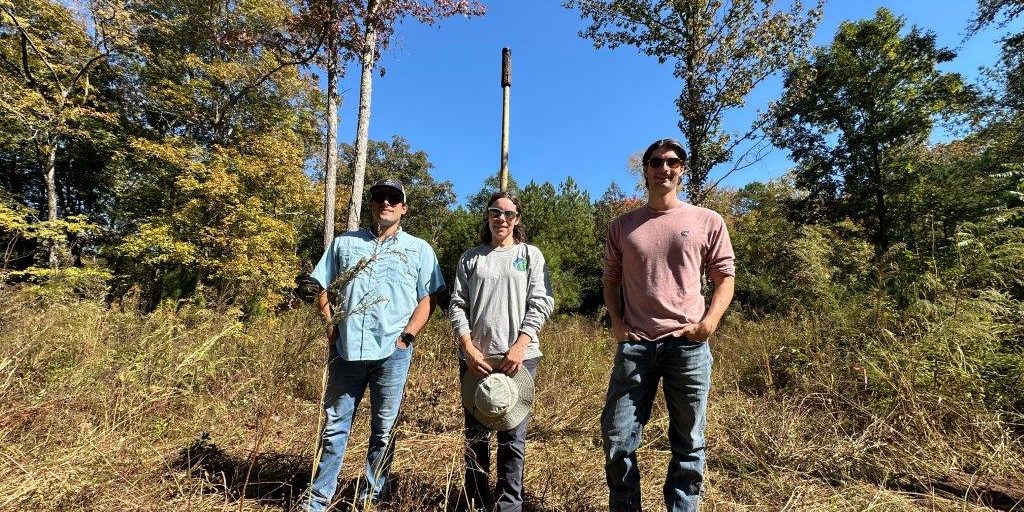Alabama landowners’ roots run deep when it comes to conservation.
“My job is to do what’s best for the land ecologically and environmentally,” said timber consultant Brian Agnew, who serves on the Alabama Farmers Federation State Forestry Committee.
Agnew and fellow forest-focused Alabamians use a mix of voluntary and mandatory conservation programs to wisely steward the state’s natural resources. These programs preserve green spaces (grasslands, forests and wetlands), which absorb greenhouse gases and filter Alabama’s abundant water resources.
Alabama has more than 23 million acres of timberland — and plants 1.56 trees for every tree harvested. The state’s timberland also produces enough oxygen for 214 million people to breath every year.
Keep in mind: Alabama has just over 5 million people.
Multiple-use stewardship is at the forefront of many forest landowners’ minds. That concept forms the basis of the TREASURE Forest Certification — Timber, Recreation, Environment, Aesthetics, Sustainable, Usable, REsource. Meanwhile, some landowners receive higher prices when they sell timber, thanks to the Tree Farm seal which promotes sustainable practices.
“Most of the landowners I help are either members of the TREASURE Forest or Tree Farm programs,” Agnew said. “Every contract I have notes the Best Management Practices (BMPs) required by the state of Alabama.”
More than 60% of Alabama’s surface water flows through privately owned forests. BMPs help protect, maintain and improve that water quality and include correctly planning and constructing forest roads, log landings, stream buffers and stream crossings.
“When you set up a timber sale, we want to maintain a distance from any body of water,” Agnew said. “We have a boundary on either side of a stream to not degrade water quality.”
Like forestry BMPs, farmers follow Nutrient Management Plans when fertilizing crops and managing animal manure. These plans specify how much fertilizer, manure or other nutrient sources may be applied to crops to achieve yields while preventing excess nutrients from impacting waterways.
Chicken farmers minimize water runoff, too, by planting vegetative buffers between chicken houses. Cattle farmers use grazing techniques to support biodiversity, provide wildlife habitat, enhance carbon sequestration and contribute to nutrient cycling.
Visit DownToEarthAL.com to learn more.
Marlee Moore is the Publications Director for Alabama Farmers Federation













